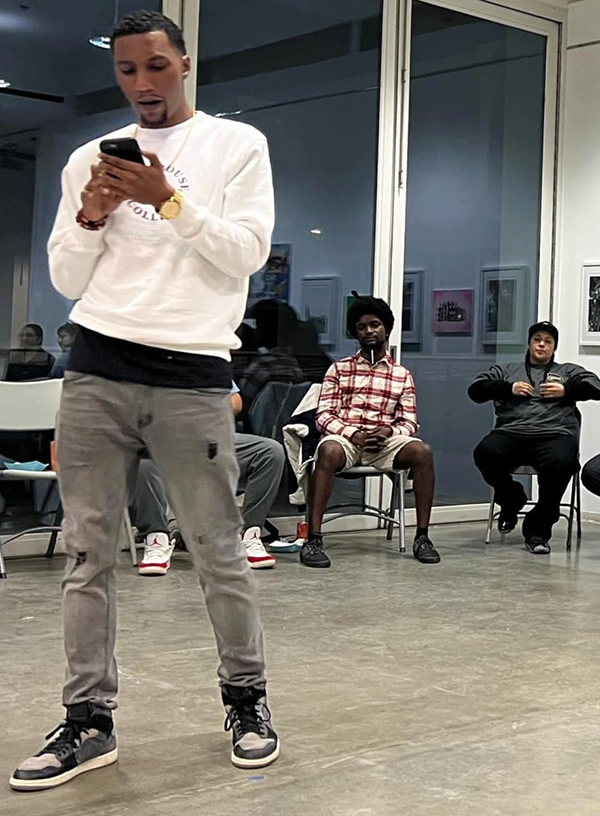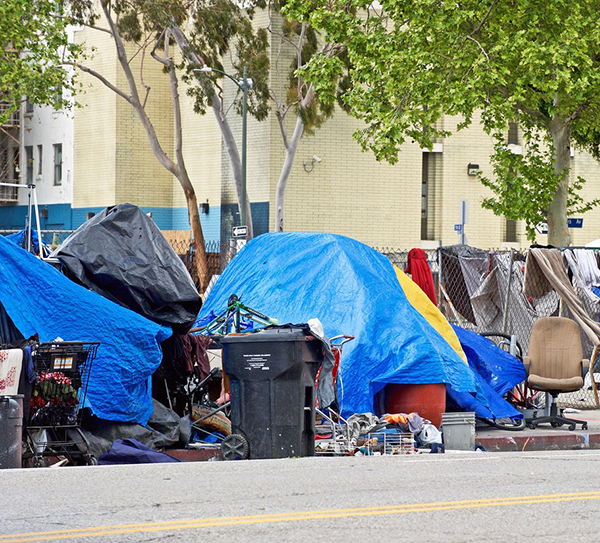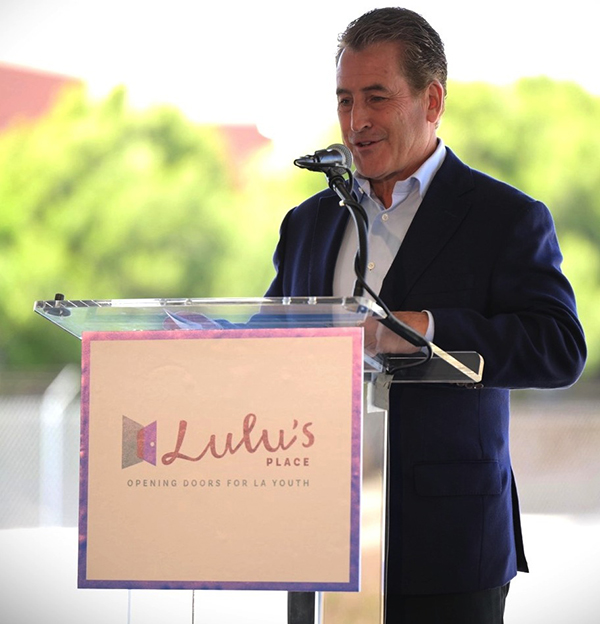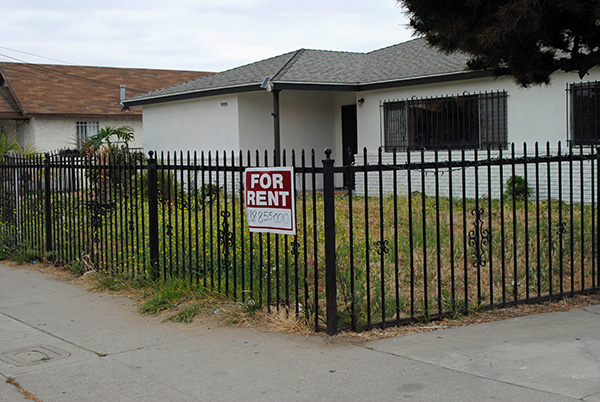By Alfredo Santana
Contributing Writer
CUDAHY — In an effort to mitigate higher rental costs due to stubborn inflation and landlords seeking more profits, the City Council here has approved a measure to cap yearly increases at 3% or at inflationary levels below that mark.
Mayor Daisy Lomeli, along with Councilwomen Elizabeth Alcantar and Cynthia Gonzalez cast votes in favor of the ordinance, while Councilman Martin Fuentes voted against it and Councilman Jose Gonzalez abstained at the May 30 special meeting.
At the regular City Council session June 6, the rent control ordinance was read for the second time, and will take effect starting July 7, according to support services coordinator Lorena Cardenas.
The measure would impact 85% of all Cudahy households. That translates to 4,913 units occupied by tenants out of 5,780 dwellings the city identified as the total housing stock, according to a study prepared by City Manager Alfonso Noyola.
In his report, Noyola said about 1,474, or 56% of tenants pay more than one-third of their income on rent, while 491 spend more than half their salaries for the same purpose.
The ordinance arrives following two 90-day rent increase moratoriums approved by the council to allow for city staff to prepare the final ordinance.
Gonzalez said the essential role of government is to protect the public interest when uncontrolled capitalism threatens residents’ ability to survive.
“Rent control serves that purpose,” she said. “It means we have out of control capitalism where people are overcharging. Landlords have been charging rents way above inflation in California.”
The rent control measure provides stronger protections for tenants with 12 months or longer in a unit, including the requirement for landlords to provide written eviction notices and to explain causes for termination.
Landlords would have to pay tenants relocation valued at three times the current rent plus one month if they issue no-fault evictions against low-income renters, seniors, people with disabilities, families with children and occupants with at least five years on the premises.
The rent stabilization ordinance would require landlords to put rental units in a registry, and allow to pass onto tenants up to 50% of repair costs in the next five years for “substantial remodeling,” excluding normal maintenance or for failure to do regular upkeep.
Those increases should be approved by the Community Development Department, be notified to the tenants before the so-called capital improvements begin, and not exceed 5% of rent a year.
Rents in Cudahy averaged $1,443 a month in 2021, according to data provided by the American Community Survey. Noyola said tenants paying more than 30% of their income on rent are considered to be rent-burdened.
During public comments, several Spanish-speaking renters stressed they are being harassed by landlords threatening to remove them with forceful evictions.
Arturo Carmona, who said he has lived 15 years in the same unit, asked for assistance to fight an eviction his apartment manager has pursued aggressively.
“I want to find out what are the chances to get help from you, because the manager told me to either vacate soon or he’ll get someone from the city to kick us out,” Carmona said.
Councilman Fuentes, who cast the dissenting vote, supported a measure to raise rents up to 4% a year.
Fuentes, a mobile home resident, said the stiffer proposal recommended by an ad-hoc committee provided room for landlords willing to make improvements and upgrades.
He argued that with the 3% yearly rental cap, ongoing maintenance and housing issues will remain the same despite current increases.
“The best way to control rent is to own, but it’s hard to come up with that down payment,” Fuentes said. “I proposed the rent-to-own program. It is the opportunity to own where we currently rent. How many of us would love that opportunity? That’s the conversation I want to engage with you and property owners.”
For her part, Alcantar said many residents are hurting more now than during the upheaval caused by the COVID-19 pandemic.
She voiced concern for struggling tenants facing compounded rising prices on food and energy, and a 4% inflation measured in May by the U.S Department of Labor, slightly less than the 4.9% gauged in April.
Now, some tenants fighting to stay housed owe loans to lending companies and even relatives, Alcantar said. As an elected leader, she vowed to help tenants in distress.
“We want things to improve for the people who have invested time and effort,” Alcantar said. The people who walk our streets. If we do not pass strong rent control with strong renter protections, then we are not building the city for the people who invested time and effort.”
Lomeli said many residents told her they are not getting wage increases to bear higher housing costs, and she backed the adopted ordinance to avoid confusion.
“It’s really down to the dollar for some of our families,” Lomeli said.
With the ordinance’s passage, Cudahy joins Bell Gardens as the second city to embrace rent controls in Southeast Los Angeles, with the caveat that the ordinance applies to both new and old apartments.












